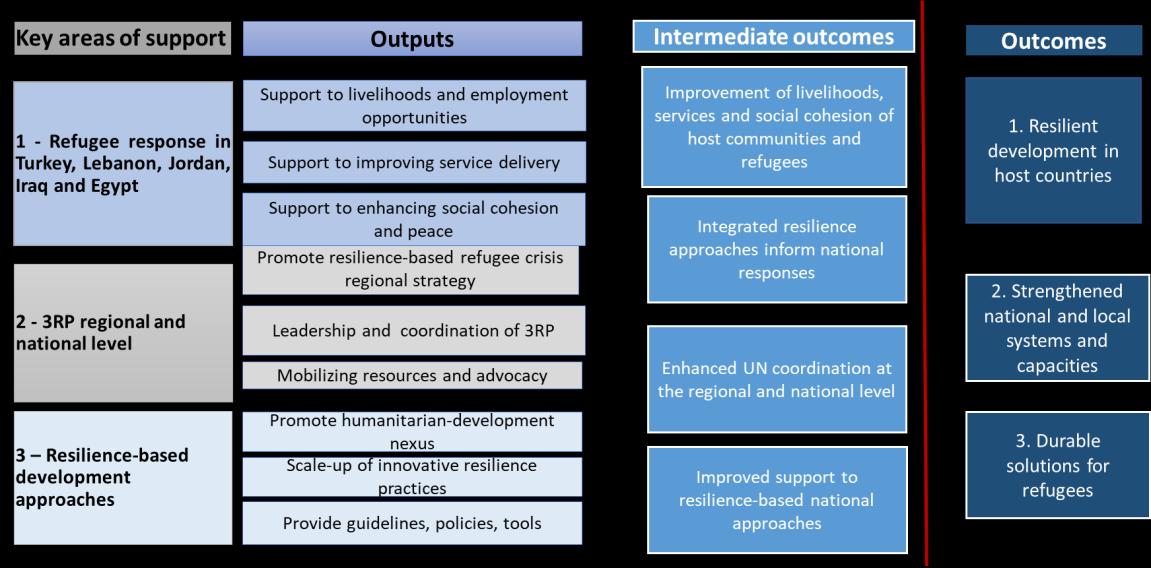CHAPTER 2. REFUGEE CRISES AND INTERNATIONAL RESPONSE 2.1. Scale of refugee crises Globally, displacement levels have significantly increased in the past decade. According to UNHCR, the global displaced population rose from 43.3 million people in 2009 to 79.5 million people in 2019. The number of refugees has been growing for seven consecutive years, reaching a new high of 25.9 million at the start of 2019.14 This includes 45.7 million internally displaced persons (IDPs), 26.0 million refugees and 4.2 million asylum seekers.15 In 2019, five countries of origin accounted for over two thirds of the world’s refugees: Syria (6.6 million); Bolivarian Republic of Venezuela (hereinafter Venezuela) (3.6 million); Afghanistan (2.7 million); South Sudan (2.2 million); and Myanmar (1.1 million). In 2019, an estimated 11.0 million people were newly displaced due to conflict or persecution, which corresponds to an average of over 30,000 new displacements per day.16 Overall, the number of refugees, IDPs and asylum seekers has dramatically increased in the last 10 years – almost doubling between 2010 and 2019 (see Figure 2). This is in part due to an increase in the duration of displacement situations in recent years. Many refugee crises have become protracted situations, defined by UNHCR as “25,000 or more refugees from the same nationality have been in exile for five or more years in a given asylum country.”17 At the end of 2019, UNHCR recorded 51 protracted refugee situations, with over 15.7 million refugees in 32 host countries. Developing countries are more impacted by refugee influx with the Syrian and Venezuelan crises skewing this trend. Over 40 percent of the refugee population is in lower-middle-income and low-income countries.18 The Syrian refugee crisis has increased the number of refugees in middle-income countries. For the sixth consecutive year, Turkey hosted the largest refugee population in the world, with 3.6 million people, followed by Colombia (1.8 million), Pakistan (1.4 million), Uganda (1.4 million) and Germany (1.1 million). Displacement has also increased in other regions such as the Middle East and Central Africa due to violence. Low-income countries host about 20 percent of the refugees, representing a significant burden given the multiple crises and high poverty levels in a majority of these countries.
14
OECD, ‘Responding to Refugee Crises in Developing Countries: What Can We Learn from Evaluations’, OECD Working Paper No 37, 2017. See: https://doi.org/10.1787/ae4362bd-en 15 https://www.unhcr.org/figures-at-a-glance.html 16 https://www.unhcr.org/globaltrends2019/ 17 UNHCR, Global Trends – Forced Displacement in 2019, 2020. See: https://www.unhcr.org/5ee200e37.pdf 18 Ibid.
31



